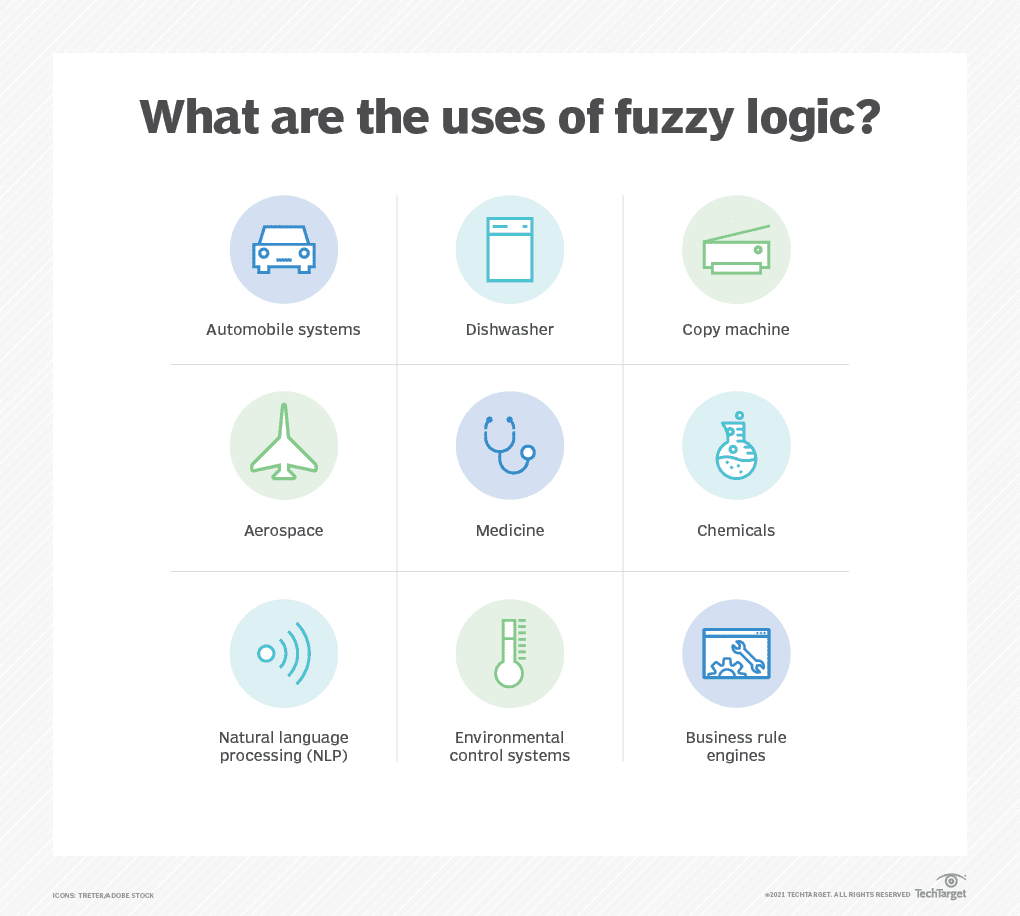|
Announcements
Earn your MS in Data Science from Northwestern and build statistical and analytic expertise as well as the management and leadership skills needed to implement high-level, data-driven decisions in a wide range of fields. Study entirely online in classes led by leading data science professionals. Find out more. 
Inflation, Overemployment and AIInflation is not one of the more usual topics one thinks of when talking about artificial intelligence, data science and machine learning. Yes, economic modeling is increasingly done using these technologies and certainly the field is ripe for exploration given the evolution of AI tools, but all too often there is a chasm between the technical and the political/economic that people are uncomfortable jumping so it’s worth understanding how one impacts the other. Inflation is oft-misunderstood because it isn’t really a “thing” per se. Rather, inflation occurs when the price of a particular good or service increases relative to either its own past price or the price of other goods or services. Ordinarily, inflation tends to rise by 1-2% a year, primarily as a reflection of an increase in money supply as the population grows. This is fairly benign inflation as wages should go up at roughly the same level as commodity costs. Where problems arise is when commodity or service inflation rises faster than wage inflation (labor costs). This commodity/wage inflation ratio is typically fairly elastic – commodities can increase in price for some time before workers can no longer afford even basic goods and services, which in turn usually result in businesses failing and recessions occurring. As the economy recovers, wages tend to get renegotiated, especially when companies cannot hire enough workers at the old price points and have to raise hourly wages. However, things are different this time around. For starters, the pandemic was global in nature, which meant that employment plummeted globally as well, and a large number of companies disappeared nearly overnight. This means that there are far more people who are now renegotiating contracts with employers in a period of very high demand. Additionally, because so many employees that did survive had to work from home, they saw first-hand that they did not need to work in an office and could in fact do all of their work nearly as well as (or in many cases better than) they could when working from an office. They also discovered the art of the side hustle – creating virtual storefronts, becoming virtual celebrities that live off Google ad revenues from their media ventures, writing content for multiple clients, and otherwise taking advantage of the Internet to become producers rather than just consumers. This was work that met their personal needs, gave them a stake in their own products, and increasingly took them outside of the 9/5 walls of the corporation. Put another way, employers are no longer competing just against other companies, but increasingly with their potential employee’s own gigs. One other wild card is the roles that AI and machine learning play in this equation. Commodity prices are rising in part because of supply chain disruptions, but those supply chain disruptions have to do primarily with a lack of people at critical points in a system where employers have been trying to eke out every potential performance gain they could through automation. Automation causes wages to fall because you need fewer people to do things the automated process replaces. It can make processing commodities somewhat faster as well, but you are still limited by the laws of physics there (indeed, most performance improvements in commodity processing have come about because of improved material sciences understanding, not automation per se). Improved data analysis allows you to better eke out some performance gains, but increasingly it will be the skills and talents of the people who work for you (or increasingly with you) that will determine whether you succeed or fail as a business. AI is not a magic panacea. It is a powerful tool to help understand the niche that your organization fills and it can expand the capabilities of the people that you do employ, but ironically we may now be entering a protracted period where the gains that came from automation are balanced out by the need for qualified, well-trained, creative and intelligent workers who increasingly are able to use the same power of that automation for their own endeavors. This should be a sobering thought for everyone, but especially those who expect things to return to how it was pre-pandemic. These issues and more are covered in this week’s digest. This is why we run Data Science Central, and why we are expanding its focus to consider the width and breadth of digital transformation in our society. Data Science Central is your community. It is a chance to learn from other practitioners, and a chance to communicate what you know to the data science community overall. I encourage you to submit original articles and to make your name known to the people that are going to be hiring in the coming year. As always let us know what you think. In media res, DSC Featured Articles
TechTarget Articles
Picture of the Week
To make sure you keep getting these emails, please add [email protected] to your browser’s address book.
Join Data Science Central | Comprehensive Repository of Data Science and ML Resources
Videos | Search DSC | Post a Blog | Ask a Question Follow us on Twitter: @DataScienceCtrl | @AnalyticBridge This email, and all related content, is published by Data Science Central, a division of TechTarget, Inc.
275 Grove Street, Newton, Massachusetts, 02466 US You are receiving this email because you are a member of TechTarget. When you access content from this email, your information may be shared with the sponsors or future sponsors of that content and with our Partners, see up-to-date Partners List below, as described in our Privacy Policy . For additional assistance, please contact: [email protected] copyright 2021 TechTarget, Inc. all rights reserved. Designated trademarks, brands, logos and service marks are the property of their respective owners. |



